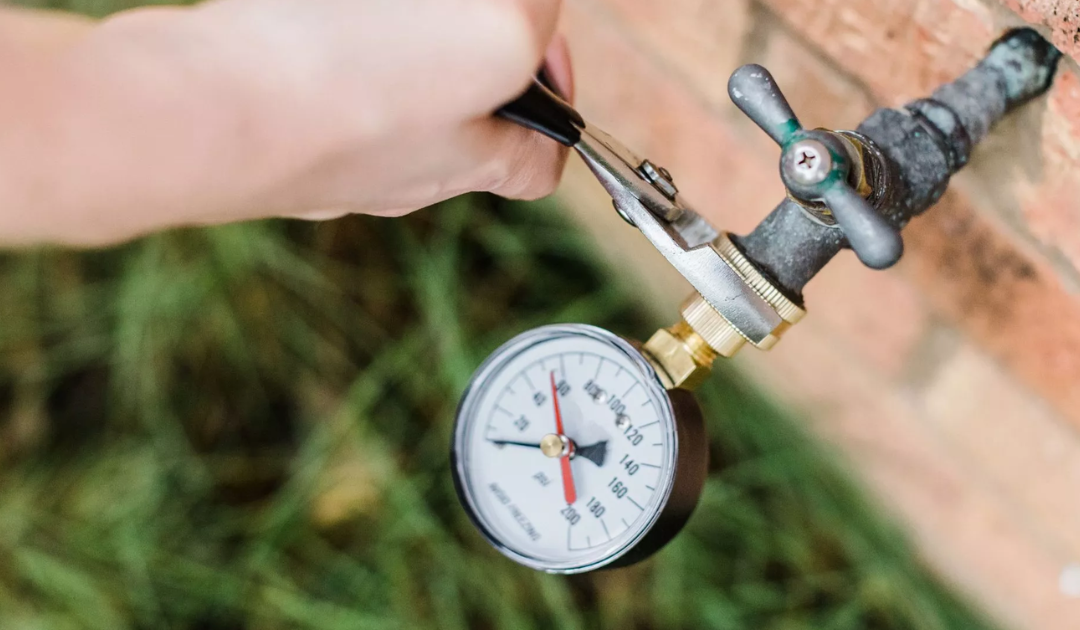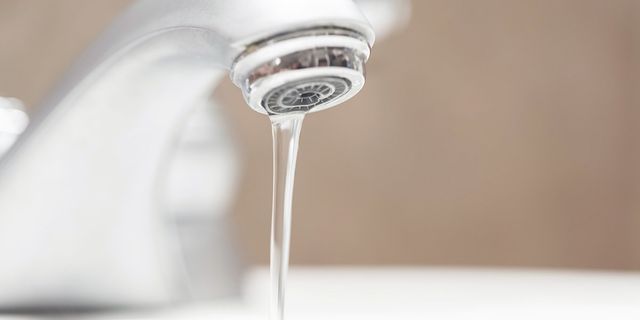Your In-Depth Instruction to Managing Low Water Pressure in Your Home
Your In-Depth Instruction to Managing Low Water Pressure in Your Home
Blog Article
The author is making a number of great pointers on Low Water Pressure in the House? as a whole in this content following next.

Low tide pressure in your house can be an aggravating problem, affecting whatever from showering to washing meals. If you're experiencing weak water circulation, there are several feasible reasons and solutions to discover. In this overview, we'll talk about common factors for low tide pressure and sensible actions to deal with the problem properly.
Intro to Low Tide Stress
Low tide pressure occurs when the circulation of water from your faucets, showers, and various other components is weaker than normal. This can make daily tasks more challenging and much less efficient. Understanding the reasons for low tide stress is critical to discovering the ideal option.
Usual Root Causes Of Low Tide Pressure
Faulty Pressure Regulators
Pressure regulatory authorities are accountable for maintaining regular water pressure in your home. If they malfunction, it can lead to low water pressure or uneven flow throughout your home.
Local Water Issues
Often, the problem lies outside your home. Local water supply concerns, such as main line leaks or maintenance work, can momentarily decrease water stress in your area.
Pipeline Obstructions
In time, pipes can end up being blocked with mineral deposits, sediment, or particles, limiting the flow of water. This is a common issue in older homes with galvanized steel pipelines.
Rust
Corrosion within pipelines can lead to leaks and lowered water pressure. Rust buildup can constrict water flow, particularly in maturing plumbing systems.
Just How to Diagnose Low Water Pressure
Examining Pipelines
Evaluate noticeable pipes for indicators of leakages, corrosion, or obstructions. Take note of any unusual audios, such as knocking or rattling pipelines, which might show problems within the plumbing system.
Consulting with a Plumber
If you're incapable to pinpoint the root cause of low tide stress, consider employing an expert plumber to conduct an extensive inspection. They can determine underlying issues and suggest appropriate remedies.
Checking Faucets and Components
Beginning by testing the water stress at various taps and fixtures throughout your home. If the problem is isolated to particular areas, it might suggest local problems.
Do It Yourself Solutions to Fix Low Water Stress
Flushing Water Heater
Sediment build-up in the hot water heater can restrict flow and reduce efficiency. Purging the storage tank regularly helps eliminate sediment and keep optimal performance.
Checking Pressure Regulator
Ensure that the stress regulatory authority is working appropriately. Changing or replacing the regulatory authority can help restore appropriate water stress throughout your home.
Cleaning Aerators and Showerheads
Mineral deposits can build up in aerators and showerheads, reducing water circulation. Get rid of and clean up these components routinely to improve water stress.
Clearing Clogs in Pipes
For small obstructions, attempt utilizing a plumbing serpent or chemical drainpipe cleaner to clear obstructions in pipes. Be cautious when making use of chemicals and comply with safety guidelines.
When to Call a Professional Plumber
If do it yourself initiatives stop working to settle the problem or if you think considerable plumbing troubles, it's finest to look for support from an accredited plumber. They have the proficiency and tools to deal with complex concerns securely and successfully.
Preventive Measures to Maintain Water Stress
Setting Up a Pressure Booster
Take into consideration mounting a stress booster pump to boost water stress in locations with constantly reduced circulation. This can be specifically advantageous for multi-story homes or residential properties with high-demand components.
Surveillance Water Use
Be mindful of water use behaviors and prevent overtaxing the plumbing system. Basic changes, such as incredible showers and washing loads, can aid keep appropriate water pressure.
Regular Upkeep
Schedule regular upkeep for your plumbing system to stop issues such as rust, leaks, and clogs. Addressing small troubles early can help stay clear of even more significant fixings in the future.
Verdict
Taking care of low water stress can be frustrating, yet recognizing the underlying causes and carrying out appropriate services can recover ideal circulation throughout your home. Whether it's cleansing aerators, examining pipes, or talking to a plumber, taking positive steps can make sure a constant supply of water for your day-to-day requirements.
FOUR WAYS TO FIX LOW WATER PRESSURE NOW
Turning on a shower or faucet only to find the water comes out in a sad, slow drizzle is never a good feeling. How exactly are you supposed to wash a pan or take a quick shower when it takes 10 minutes just to rinse off a little soap? The good news is that when your water pressure is bad, there's always a cause: typically one that can be easily fixed. Here are some of the most common causes of low pressure and what you can do to fix the issue:
DEBRIS AND MINERAL DEPOSIT BUILDUPS
If you notice low water pressure from just one or two of the fixtures in your house, the problem likely has to do with debris buildup. Water is full of minerals and other debris, all of which can accumulate in your pipes and on your fixtures. This can cause a blockage that affects how much water flows through. To fix this, try filling a small plastic bag with white vinegar, and use a rubber band to hang it around your showerhead or faucet. Let the head of the fixture soak for a few hours, and the vinegar should loosen the deposits.
WATER LEAKS
Leaks are another common cause of low water pressure. If water is flowing out of your plumbing through a hole or crack before it can reach your fixture, the pressure coming out of the faucet or showerhead will be lower. A plumbing professional is your best bet for finding and repairing a leak in your water supply pipes.
Leaks are another common cause of low water pressure. If water is flowing out of your plumbing through a hole or crack before it can reach your fixture, the pressure coming out of the faucet or showerhead will be lower. A plumbing professional is your best bet for finding and repairing a leak in your water supply pipes.
A VALVE ISSUE
If you have low water pressure throughout your home, check your main shut-off valve to make sure it's completely open. You may also want to see if there's a pressure-reducing valve installed. If there is, have a plumber help you adjust the settings to get the pressure you're looking for.
OTHERS USING WATER
Believe it or not, your low water pressure could be caused by your neighbors. If you notice low pressure at certain times of day, it may be because you and the people living next to you have similar schedules - when everyone is showering at the same time, the pressure will be lower in every home. Low pressure throughout the neighborhood may also be caused by an issue with your municipal water supply. If that's the case, call the supplier to see if they're working on the issue.
https://www.rotorooter.com/blog/water-leaking/low-water-pressure-fixes/

Do you really like reading about ? Put a review below. We'd be pleased to listen to your reactions about this piece. In hopes to see you back again soon. Do you know somebody else who is truly interested in the topic? Feel free to share it. We value reading our article about 9 Reasons for Low Water Pressure in Your House.
Book Report this page